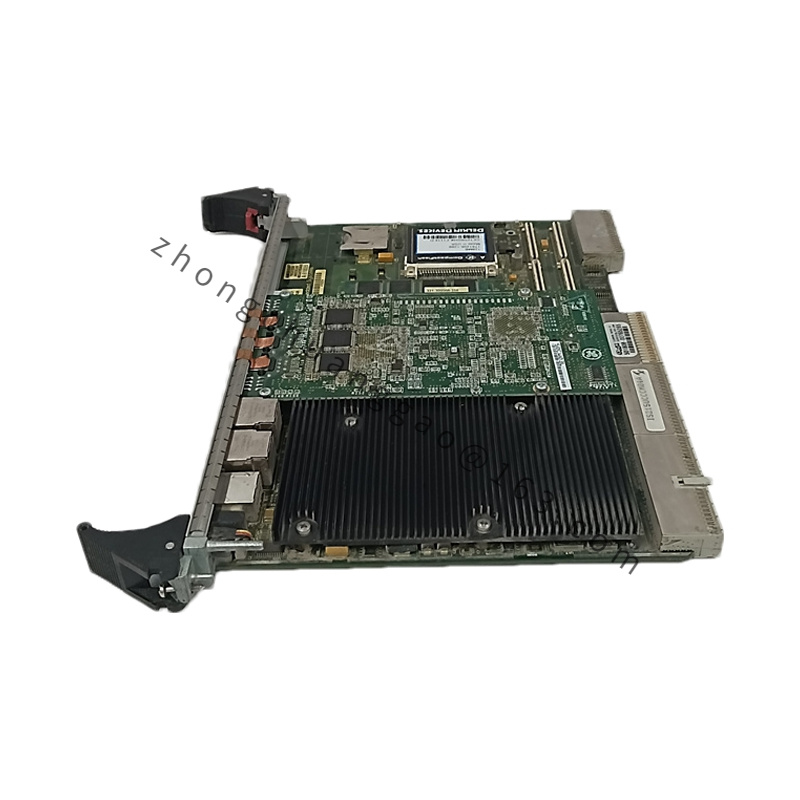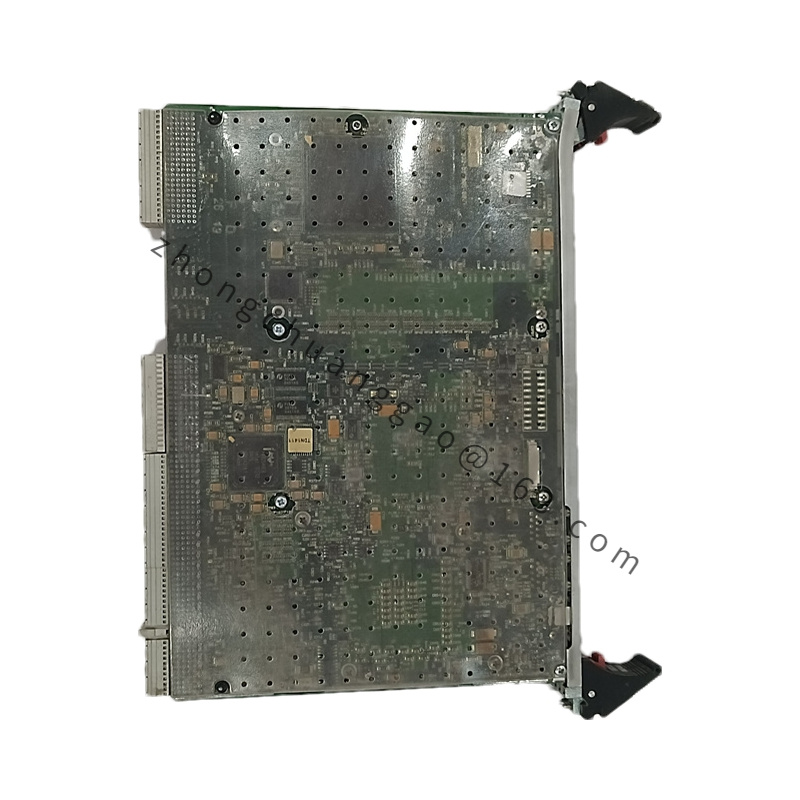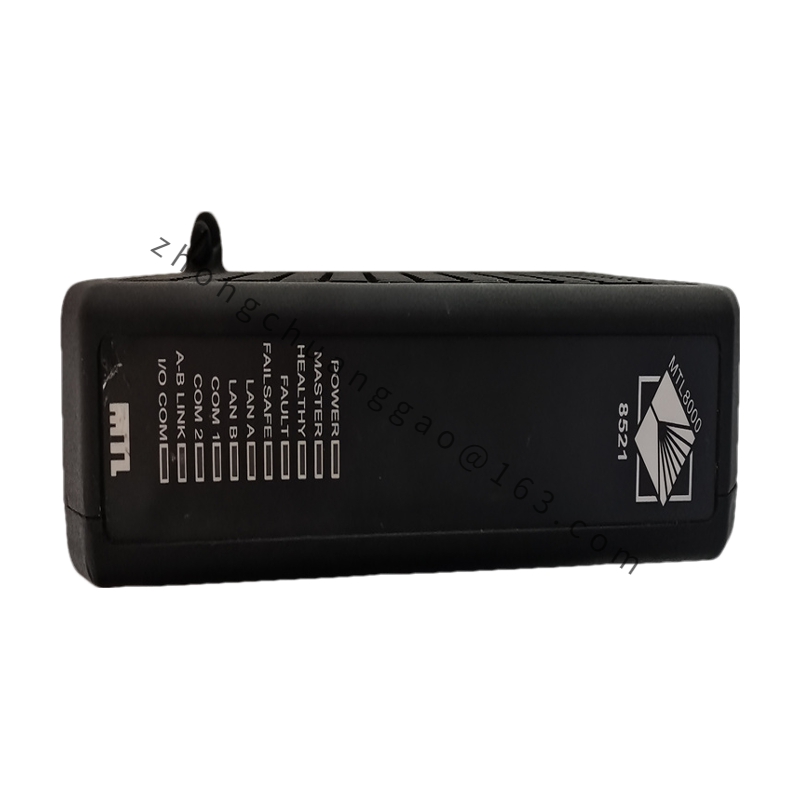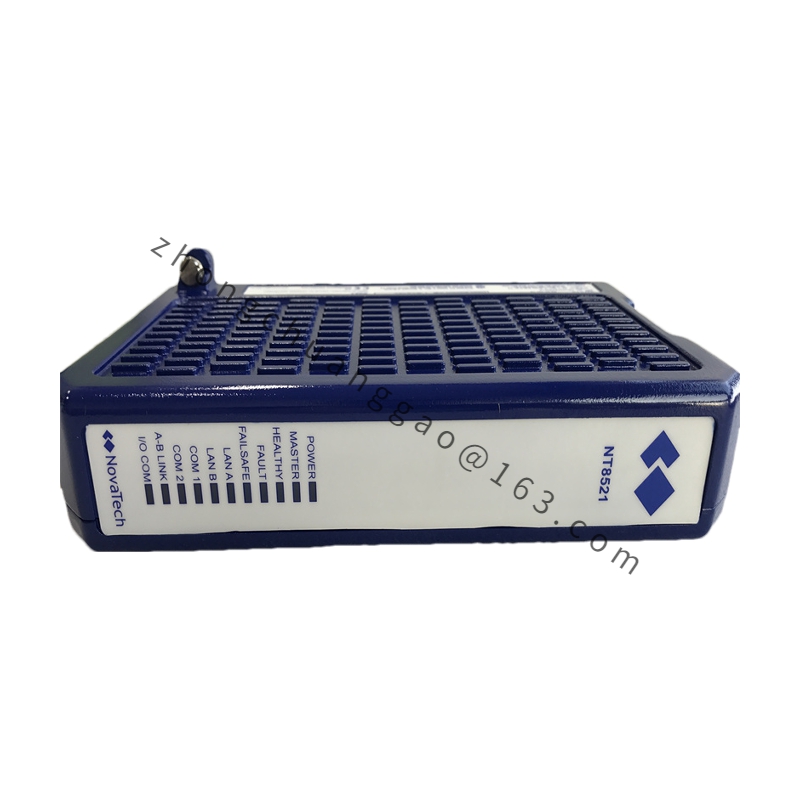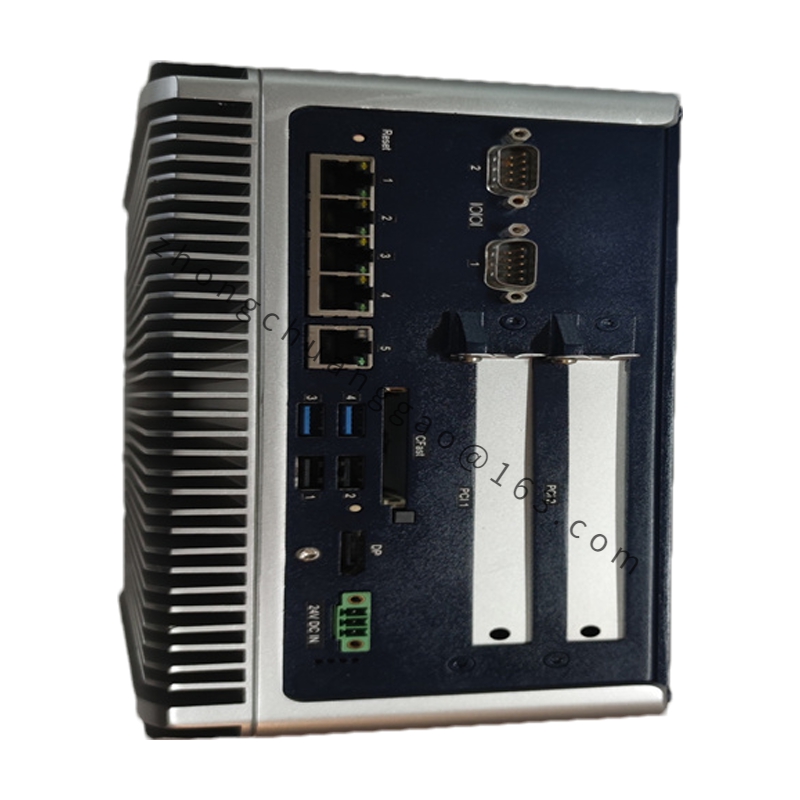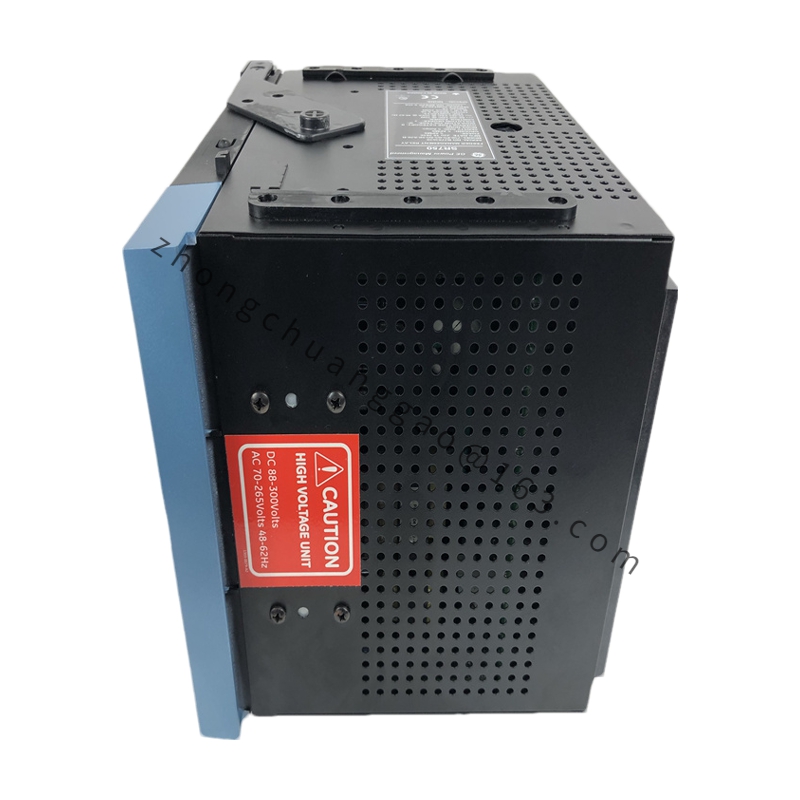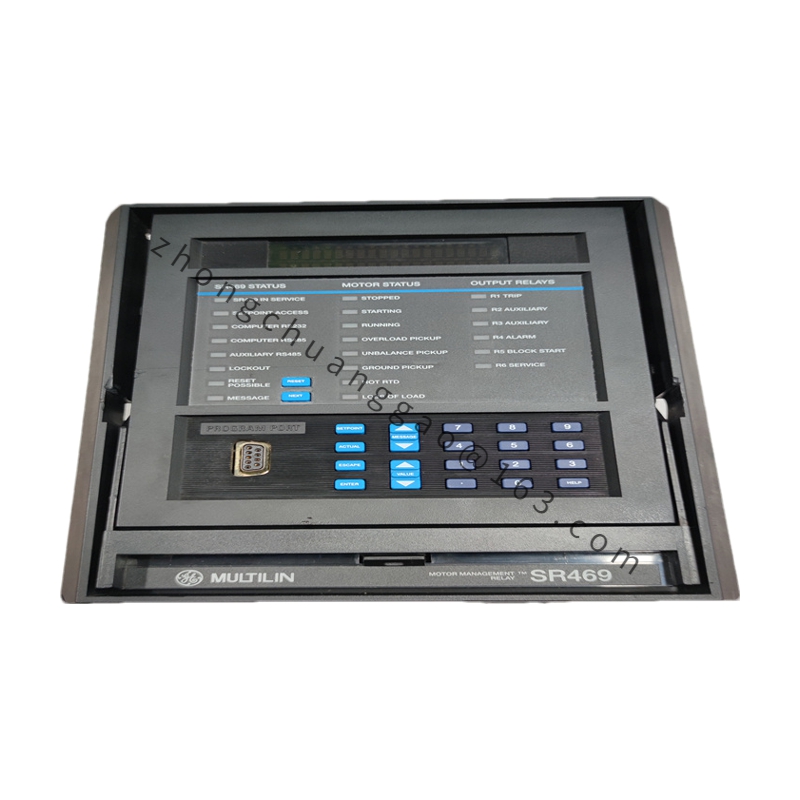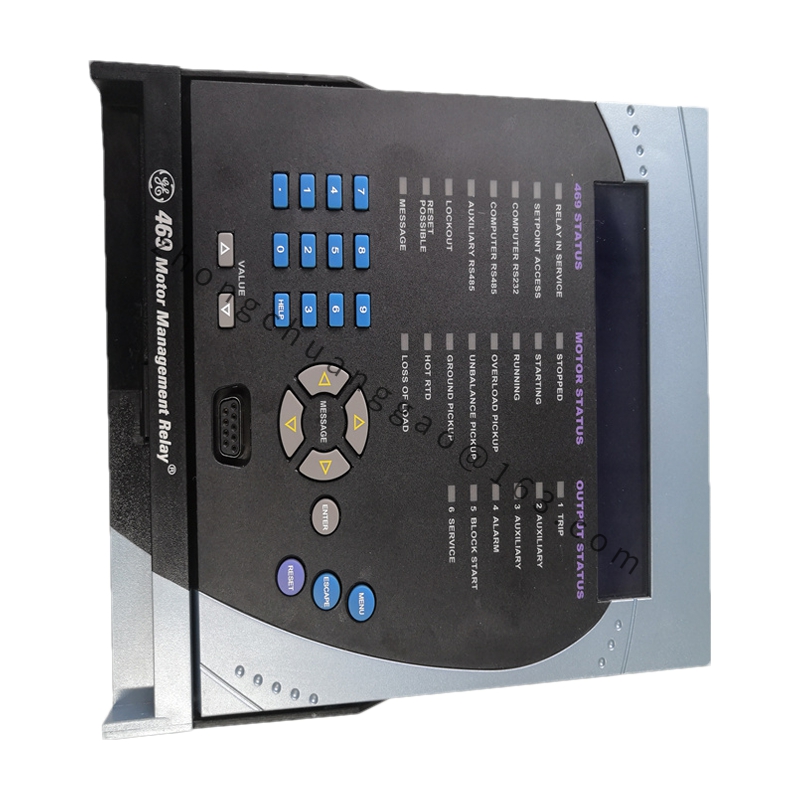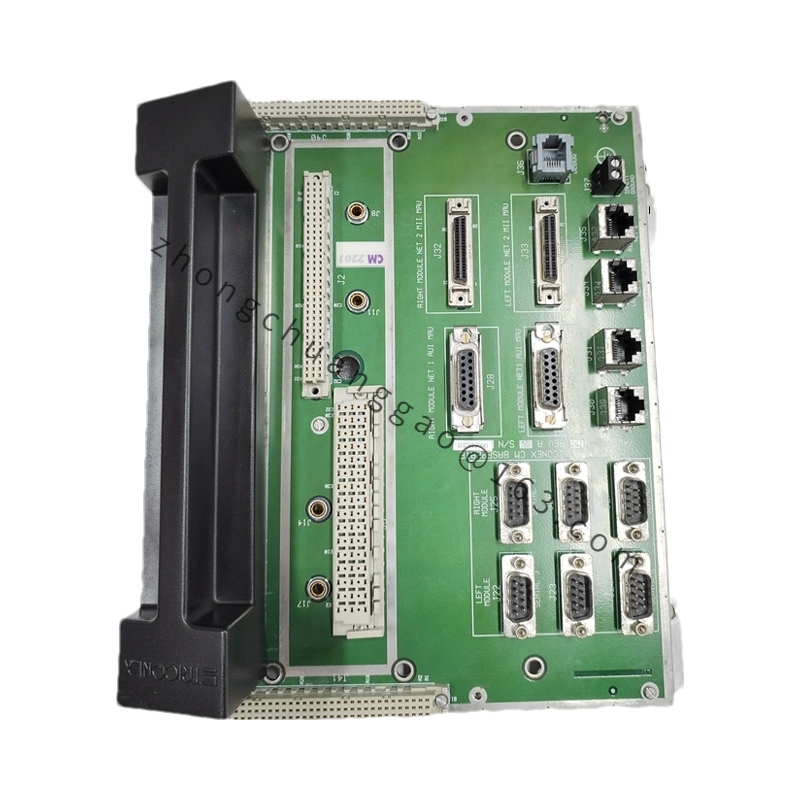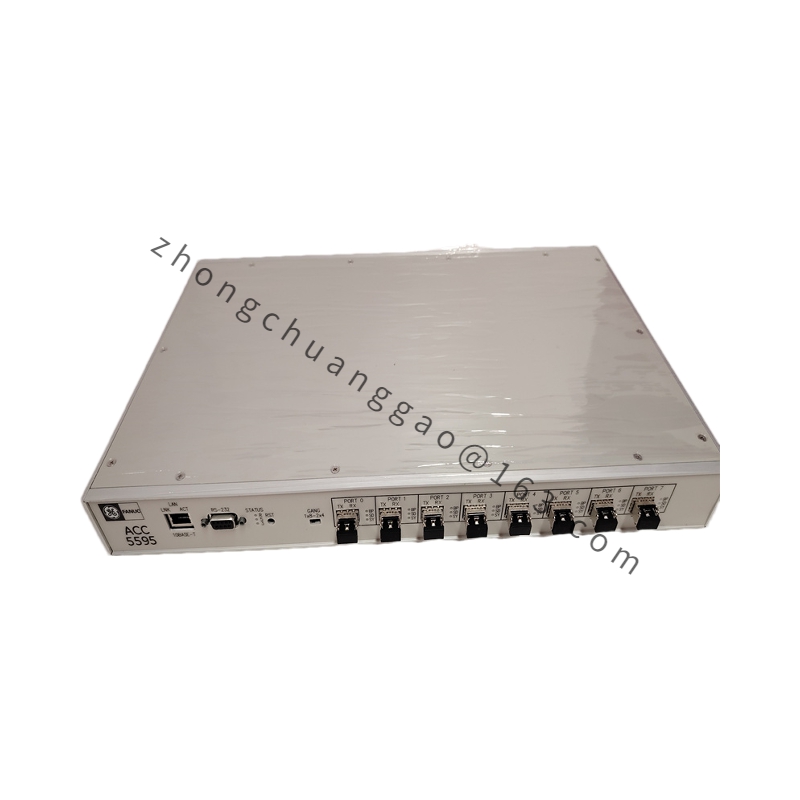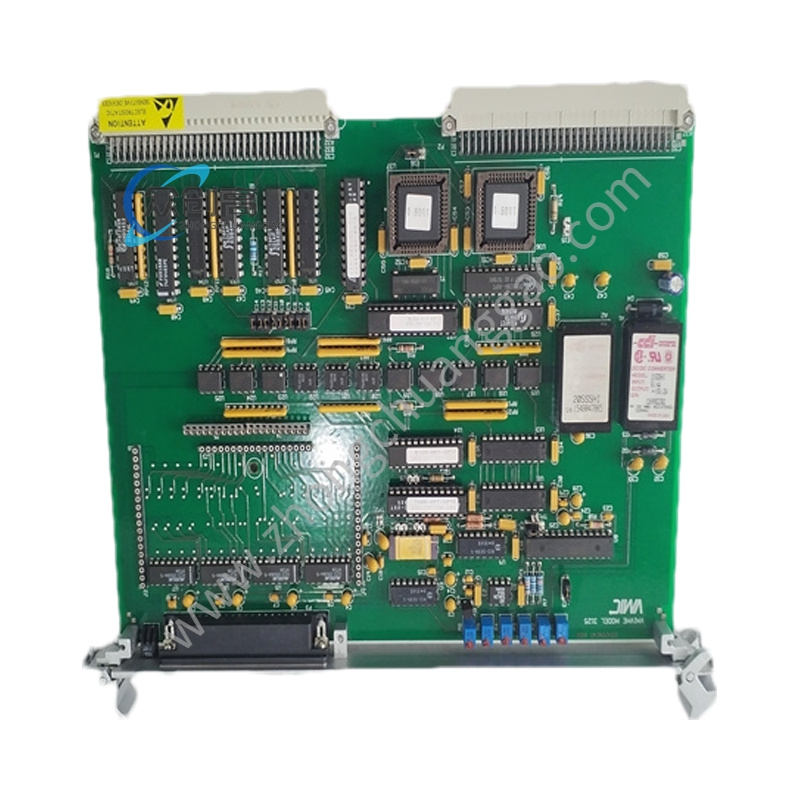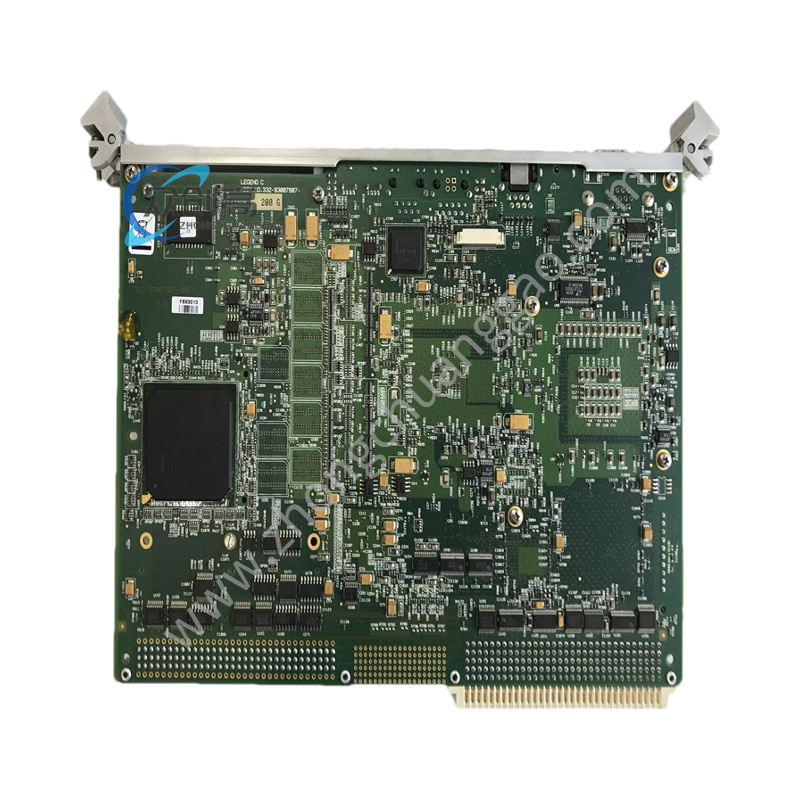Detailed content
Technical Specifications
- Model:
- Model Number: IS215UCCCM04A
- Type:
- Category: Universal Controller Card (UCC) for GE Mark VIe
- Processor and Memory:
- Processor: Equipped with a high-performance processor for executing control algorithms and system tasks.
- Memory: Includes onboard memory for storing system configurations and data.
- Input/Output:
- Inputs: Various digital and analog input channels for interfacing with field devices and sensors.
- Outputs: Provides digital and analog outputs for controlling actuators and other devices.
- Communication Interfaces:
- Ethernet Ports: Multiple Ethernet interfaces for network communication and integration.
- Serial Ports: Includes serial communication ports for interfacing with other devices and systems.
- Fieldbus: Supports fieldbus protocols for integration with field devices and other control systems.
- Power Supply:
- Voltage: Typically operates on a 24V DC power supply, but specific requirements should be verified with the manufacturer’s documentation.
- Environmental Conditions:
- Operating Temperature: Designed to operate within an industrial temperature range, often from -20°C to +60°C.
- Relative Humidity: Operates effectively in environments with 5% to 95% non-condensing relative humidity.
- Dimensions and Weight:
- Size: Designed for installation in a standard control panel or rack, compact to fit into various configurations.
- Weight: Lightweight for easy installation and handling.
Features
- High-Performance Control:
- Processing Power: Capable of handling complex control tasks and high-speed data processing.
- Reliability: Built for high reliability and robustness in demanding industrial environments.
- Versatile I/O Capabilities:
- Inputs and Outputs: Provides a variety of input and output options for flexibility in interfacing with different devices.
- Configuration: Configurable to support a range of industrial applications and requirements.
- Communication Interfaces:
- Networking: Multiple Ethernet and serial communication interfaces for seamless integration with other system components.
- Fieldbus: Supports various fieldbus protocols for comprehensive system connectivity.
- User Interface:
- Configuration Tools: Includes software tools for configuration and diagnostics, facilitating setup and maintenance.
- Monitoring: Provides real-time monitoring of system performance and status.
- Industrial-Grade Design:
- Durability: Designed to withstand harsh industrial conditions, including temperature variations, vibrations, and electrical noise.
- Compliance: Meets industry standards for safety, performance, and reliability.
Applications
- Industrial Automation:
- Usage: Used in industrial automation systems to control and monitor various processes and equipment.
- Application: Suitable for manufacturing, chemical processing, power generation, and other industrial sectors.
- Process Control:
- Role: Functions as a key component in process control systems, providing precise control and monitoring capabilities.
- Integration: Integrates with other control and monitoring devices for comprehensive process management.
- Data Acquisition:
- Purpose: Collects and processes data from field devices, supporting data-driven decision-making.
- Benefits: Enhances system visibility and operational efficiency through accurate data collection.
- SCADA Systems:
- Application: Used in SCADA (Supervisory Control and Data Acquisition) systems for remote monitoring and control of industrial processes.
- Features: Provides real-time data and control capabilities to operators and engineers.
- Building Automation:
- Usage: Applied in building management systems to control HVAC, lighting, and other building systems.
- Advantages: Improves building efficiency and occupant comfort through automated control.
Additional Considerations
- Installation and Maintenance: Follow the manufacturer’s installation guidelines for proper setup and ensure regular maintenance to keep the module operating effectively.
- Technical Support: For detailed specifications, configuration assistance, and troubleshooting, refer to GE’s official documentation or contact their technical support team.

